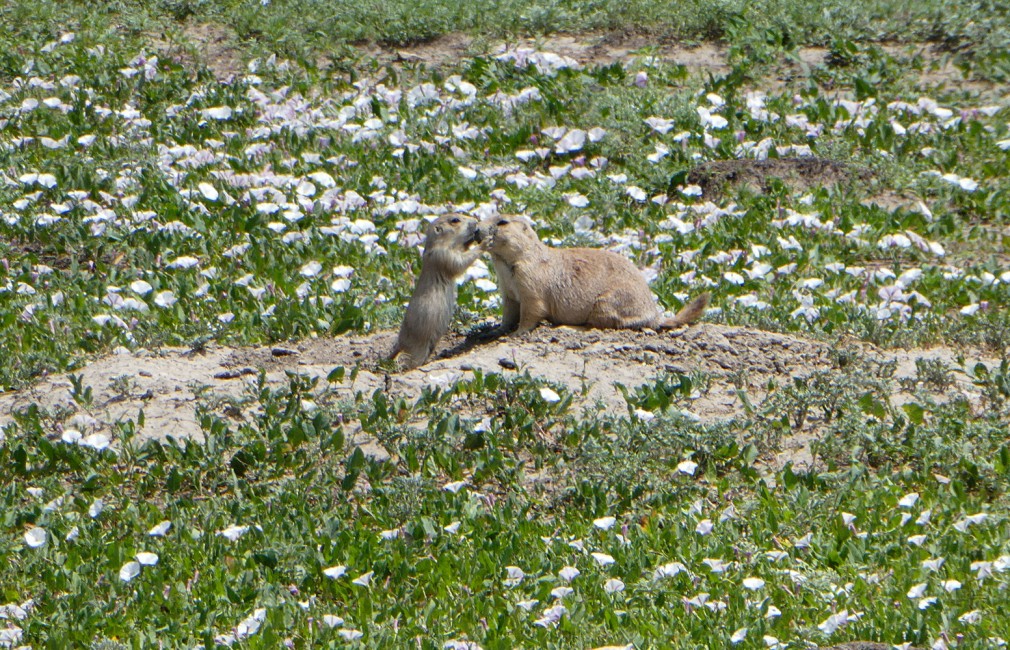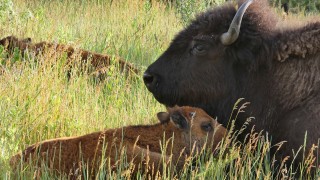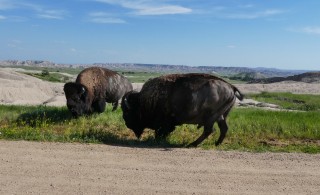
February 8, 2021
Pispíza Oyate: Prairie Dog Culture as Medicine
- as seen by -
 Joseph Gazing Wolf
@shunkaha3
Joseph Gazing Wolf
@shunkaha3 What would the world be like if we all greeted each other with a kiss?
Pispíza Oyate (Lakota for the prairie dog nation) has shared with us their knowledge of prairie plants and medicine. Indeed, black-tailed prairie dogs (Cynomys ludovicianus) often acted as advisors to Lakota medicine men in pre-colonial times. They are also master architects and structural engineers that invite other relatives to live on their land and in their homes. In fact, at least 150 other species have thus far been documented to carry out some part of their life cycle in prairie dog towns. But the most powerful medicine Pispíza has shared with us is the love and care they show for their community.
Individual prairie dogs identify each other with a kiss, share resources, help neighbors build burrows, warn each other of danger, and give an ‘all clear’ signal when the coast is clear by standing on their hind legs and throwing their front legs straight out in front of them while vocalizing (like they’re doing the wave at a sports event).
It makes me wonder what our human lives would be like if we followed the example of this ‘keystone’ relative.
EDITOR’S NOTE: The author acknowledges the tremendous toll that the COVID-19 pandemic has had on human life and livelihood all over the world, with a disproportionate effect on marginalized and underserved communities. ‘Kiss’ here may be interpreted literally under normal circumstances and within cultures where it is appropriate, or metaphorically as an act of compassion and goodwill.
Panasonic DMC-ZS60




Leave a Comment